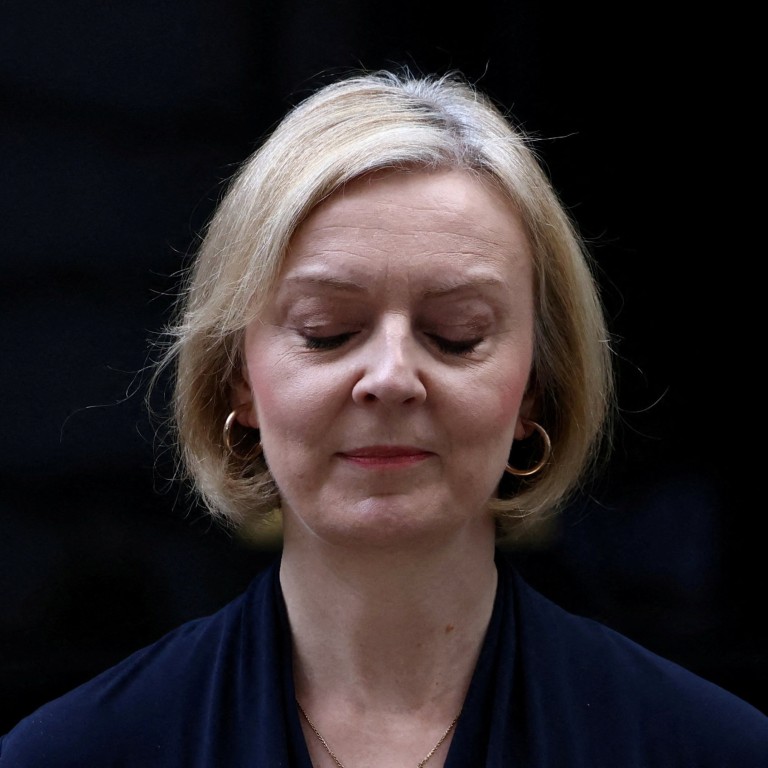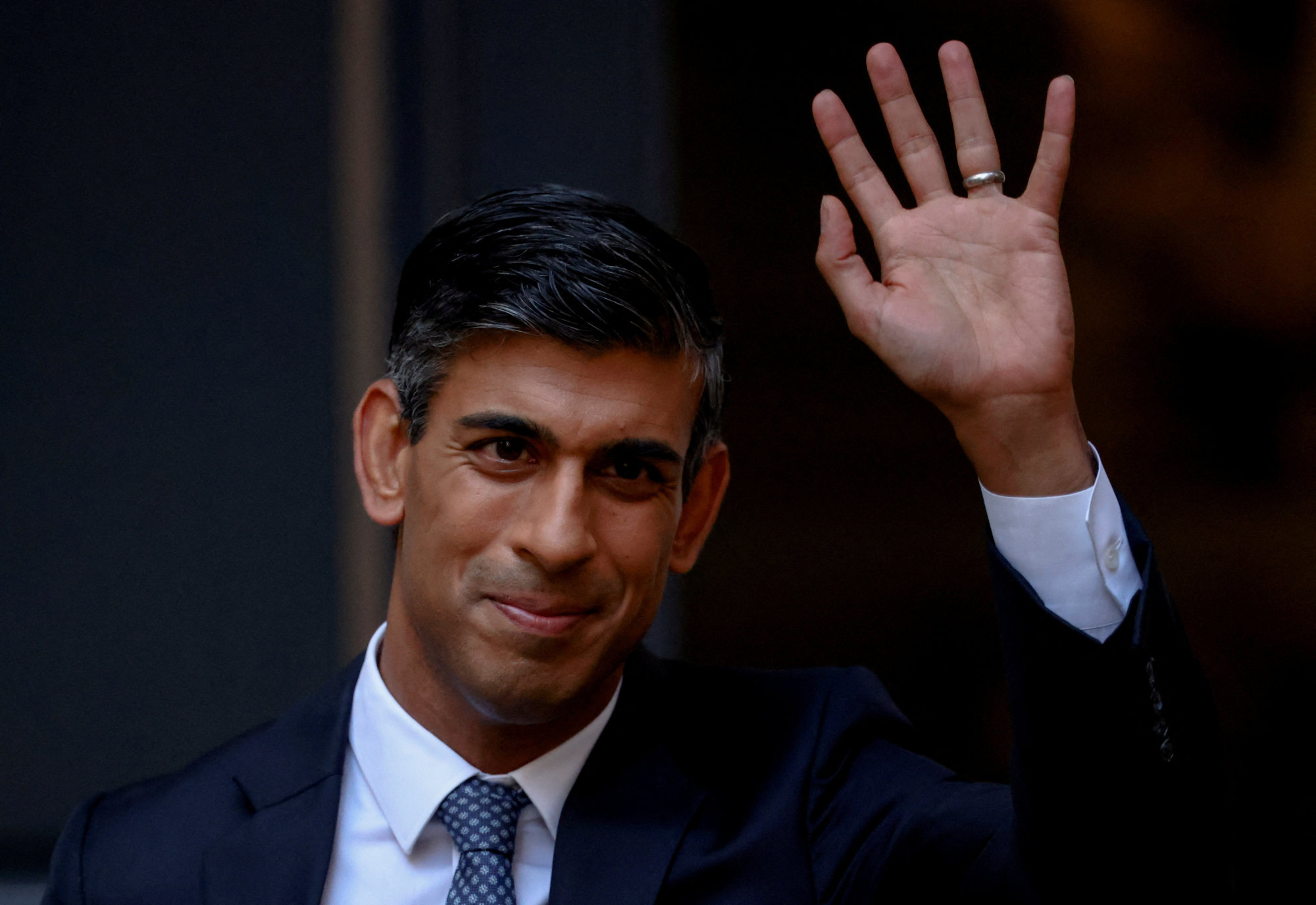
Don’t worry Liz Truss, a prime minister in China once lasted only a day, and one empress appointed 66 of them in 22 years
- In AD880, Prime Minister Wang Hui, an able and upright man, served for just one day before being overthrown by a rebel army
- The Tang dynasty had an astonishing 381 prime ministers in its 289-year history, while Empress Wu Zetian appointed 66 prime ministers in her 22 years as ruler
Liz Truss, who resigned on October 20 as Britain’s prime minister after just 45 days in office, has the ignominious honour of being the shortest-serving prime minister in the country’s history.
For six-and-a-half weeks, Truss presided over a United Kingdom that had lost a queen and gained a new king, that was staring at rising energy costs and economic woes even as a dreaded winter loomed ahead, and was run by a government so fractious that it finally imploded and forced its leader to resign.
Under the British parliamentary system, the British people have now had another prime minister, Rishi Sunak, foisted on them by the ruling Conservative Party, in the same way that Truss had been elected in early September.
Even in the most absolute of absolute monarchies, a ruler needs help. Chinese rulers in the past had right-hand men to assist them in governing the country and its people. Known by various titles, these men were the equivalent of modern-day prime ministers.

Among Chinese dynasties, the Tang (AD618-907) stood out for the astonishing number of prime ministers in its 289-year history. Historians count 381 in total, not including titular prime ministers who did not do any real work or individuals who exercised the position’s powers without being conferred the title.
In contrast, the Western Han dynasty (202BC-AD8) had around 80 prime ministers, and the 319-year Song period (AD960-1279) 132.
One reason for the proliferation of Tang prime ministers is that the position was performance-based. While there were capable men, such as Zhangsun Wuji and Fang Xuanling, many were unceremoniously sacked for incompetence.
Another reason is that Tang rulers tended to be trigger happy in dismissing their right-hand men.
Najib Razak abused his office but he has nothing on Chinese prime ministers
Some dismissals were justified but many others were arbitrary. For example, Empress Wu Zetian appointed 66 prime ministers in her 22 years as ruler. That’s an average of one new prime minister every four months.
The third reason is the collegiate nature of Tang prime ministers. At any one time, there could be several prime ministers, sometimes even more than a dozen, who conferred and made decisions as a collective.
This system was devised to prevent any one man from becoming powerful enough to challenge the emperor. New positions were even created for men to take on prime ministerial duties without actually being one.
The shortest-serving Tang prime minister – and Truss can take comfort in this – was Wang Hui, who was prime minister for just a day in AD880. He was an able and upright man, but the day after his appointment, the rebel Huang Chao and his army breached the capital.
‘Fujian people’? No, we’re citizens of Chinese ancestry in other countries
Wang was captured by the rebels and placed under house arrest, and his career as prime minister came to a swift end. He soon escaped and continued to serve the Tang dynasty in other capacities until his death in AD890.
Back to 2022. Britain has had three prime ministers in the space of less than two months. For the sake of the British people and the country’s reputation abroad, many hope that the new prime minister will last, at least until the next general election.

